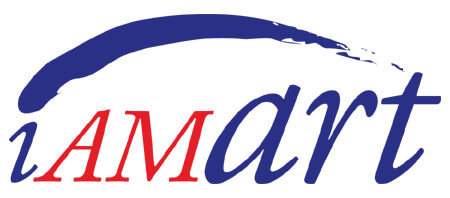different forms of charcoal
powdered, compressed, willow, and vine

There are three main kinds of charcoal: powdered, compressed, and willow or vine.
Powdered charcoal is the most basic type because it is an ingredient in compressed charcoal. Powdered charcoal is well suited to ‘toning’ large areas of a surface, but can also be very messy.
Compressed charcoal is made of powdered charcoal held together with a binder of gum or wax. Compressed charcoal comes in a range of softnesses based on the ratio of powdered charcoal to binder. Generally, however, compressed charcoal is harder than willow and vine. Because of its hardness, compressed charcoal will better maintain its shape and can be sharpened for higher detail drawing, which makes it especially useful for drawing finer lines, textures, and details. Advantages of compressed charcoal include being generally more break resistant, and sometimes blacker than willow or vine. Disadvantages of compressed charcoal are that it can bleed and discolor paint or any wet media put on top of it, and it is generally harder to completely erase. The ‘leads’ in charcoal pencils are made of compressed charcoal.
Willow and vine charcoals are made from sections of grape vine and willow branches respectively, which have been burnt to a precise degree of hardness. Because this kind of charcoal contains no binding agent, it erases more completely and works well for sketching out a composition on a canvas prior to painting. Willow and vine charcoals are often very soft and powdery, and it can be less suitable for rendering fine, crisp images.
Regardless of the type of charcoal you choose to work in, it is always important to preserve your work by fixing your surface with some kind of fixative. No amount of fixative, however, will ever make a charcoal drawing completely smudge proof, so they still need to be protected with materials such as glassine sheets or framed under glass.
A final, crucial note for artists new to the charcoal medium: (even though it may feel intuitive) do not blend charcoal with your bare fingers. Besides being very messy, the oils on your fingers can yellow the surface, darken your charcoal, and actually create a less even, blotchy ground. Blending stomps and tortillons are drawing tools made out of tightly wrapped paper that are ideal for blending charcoal and other powdery media.
